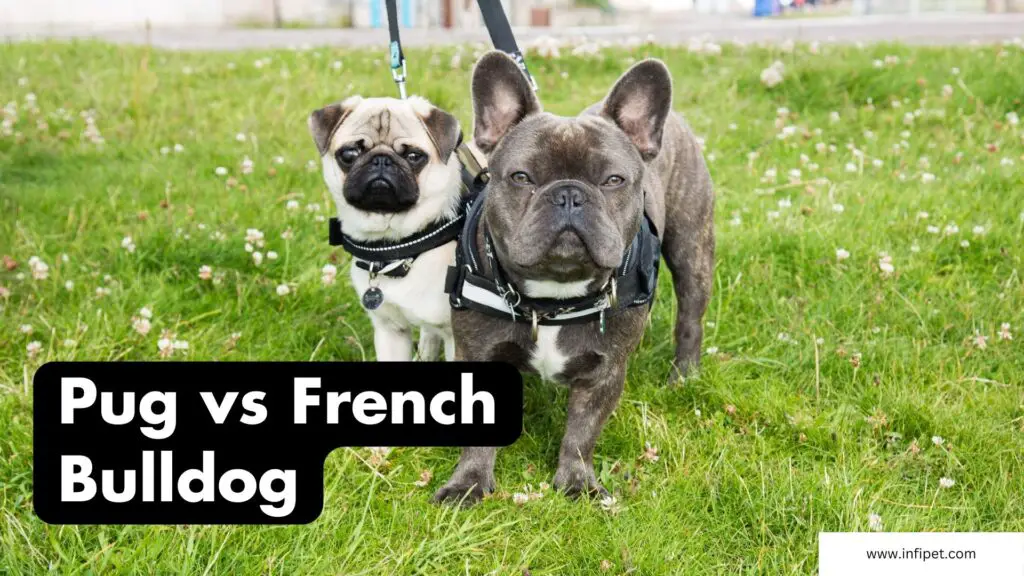Dogs are known for their unique behaviors that often leave us wondering about the reasons behind them. “Why does a dog lay on your feet?” This question sparks curiosity and a desire to delve deeper into the fascinating world of canine behavior. Understanding why our furry companions exhibit certain actions is not only intriguing but also crucial for building a strong bond with them.
Exploring the intricacies of why dogs choose to lay on our feet can provide valuable insights into their instincts and emotions. By uncovering the motivations behind this behavior, we can better cater to their needs and strengthen our relationship with them. Whether it’s seeking comfort and security, displaying affection, or simply seeking attention, each action serves as a window into the complex world of canine communication.
As we embark on this journey to unravel the mysteries of why dogs exhibit this behavior, we will uncover the layers of their instincts, emotions, and unique ways of expressing themselves. So, let’s dive into the enchanting realm of canine behavior and discover the hidden meanings behind why our beloved pets choose to lay on our feet.
Table of contents
Instinctual Behavior
Dogs’ instinctual behavior is deeply rooted in their pack mentality, a concept essential for understanding their actions. Canines have a natural inclination to seek closeness and connection with their “pack,” which in a domestic setting often translates to their human family. When a dog chooses to lay on your feet, it’s a manifestation of this pack behavior, as they feel secure and bonded when in close physical contact with their loved ones.
This behavior also harkens back to dogs’ connection to their wild ancestors, where physical closeness within the pack was crucial for survival and protection. By laying on your feet, dogs are not only seeking comfort but also reinforcing their sense of security and belonging within the family unit. The warmth and scent of their human companions further enhance this feeling of safety, making it a comforting and instinctual act for our canine friends.
Understanding these instinctual behaviors sheds light on the deep emotional connection dogs have with their owners, highlighting the importance of nurturing this bond through mutual understanding and affection.
Seeking Comfort and Security
Dogs find immense comfort in their owners’ presence, seeking solace and security through physical closeness. When a dog lays on your feet, it’s a clear indication of their need for reassurance and safety. The role of scent and warmth in this behavior cannot be understated. Dogs are highly sensitive to smells, and the familiar scent of their human companion provides a sense of familiarity and calmness.
Moreover, the warmth emanating from your feet creates a cozy and soothing environment for your furry friend, further enhancing their feeling of comfort. This behavior is not isolated; dogs exhibit various other comfort-seeking behaviors, such as cuddling close, resting their head on your lap, or even sleeping next to you.
Understanding these actions as ways for dogs to seek comfort and security reinforces the idea of the strong emotional bond they share with their owners. By acknowledging and reciprocating these gestures, we can strengthen the bond and trust between ourselves and our canine companions, creating a harmonious and loving relationship based on mutual care and understanding.
Bonding and Affection
When a dog lays on your feet, it’s not just seeking comfort and security; it’s also a powerful display of bonding and affection. This behavior signifies a deep emotional connection between you and your furry companion, showcasing their love and trust in you. Dogs are known for their loyalty and affection towards their owners, and laying on your feet is a way for them to express these feelings.
By choosing to be close to you, your dog is strengthening the human-dog bond that you share. This physical closeness fosters a sense of togetherness and reinforces the emotional connection between you both. It’s a mutual exchange of warmth and care that goes beyond words.
Comparing this behavior with other affectionate gestures, such as licking your face or wagging their tail, highlights the unique ways in which dogs communicate their love. Each action serves to deepen the bond between you and your pet, creating a relationship built on trust, companionship, and unwavering affection. Embracing these moments of closeness can further solidify the special bond you have with your canine companion, making every interaction a heartwarming reminder of the love you share.
Protective Instincts
Dogs’ natural protective instincts play a significant role in their behavior, including the act of laying on your feet. This protective gesture stems from their innate drive to safeguard their loved ones, viewing you as part of their pack that needs protection. By positioning themselves at your feet, dogs create a physical barrier that symbolizes their readiness to shield you from potential harm or danger, showcasing their loyalty and devotion.
This behavior is not limited to specific breeds; it’s a universal trait deeply ingrained in dogs. For instance, larger breeds like Bulldogs are known for their protective nature, often positioning themselves between their owners and perceived threats. On the other hand, smaller breeds like Chihuahuas may exhibit protective behaviors by closely sticking to their owners and alerting them to any unusual sounds or movements.
Understanding and appreciating your dog’s protective instincts can strengthen the bond between you both. It’s a testament to their unwavering commitment to your well-being and safety, highlighting the unique ways in which dogs express their love and loyalty. By acknowledging and reciprocating this protective behavior, you further nurture the special connection you share with your canine companion.
Anxiety and Stress Relief
Anxiety and stress relief are crucial aspects of a dog’s well-being, and the act of laying on your feet can serve as a comforting mechanism for them. Dogs often seek physical closeness when feeling anxious or stressed, finding solace in the presence of their owners. This behavior can help them feel secure and protected, easing their worries and promoting a sense of calmness.
Recognizing the signs of anxiety in dogs is essential for providing them with the support they need. Common indicators include excessive barking, pacing, trembling, or destructive behavior. By understanding these cues, you can intervene early and offer reassurance to your furry friend.
To help anxious dogs, create a safe and soothing environment for them. Establish a routine, provide mental stimulation through toys or activities, and consider using calming aids like pheromone diffusers or soothing music. Additionally, offering gentle physical contact, such as petting or cuddling, can help alleviate their stress and anxiety.
By acknowledging and addressing your dog’s anxiety through supportive measures, you can enhance their overall well-being and strengthen the bond you share. Remember, your presence and comfort play a significant role in helping your canine companion navigate through moments of unease.
Attention-Seeking Behavior
Dogs are masters at capturing our attention, and laying on your feet is just one of their clever tactics. This behavior is a subtle yet effective way for dogs to seek affection and interaction from their owners. By positioning themselves at your feet, dogs can feel close to you while also subtly signaling their desire for attention. It’s a gentle reminder that they are there, seeking your love and companionship.
In addition to laying on feet, dogs may exhibit various other attention-seeking behaviors such as nudging, pawing, or even bringing you their favorite toy. These actions are all ways for dogs to communicate their need for engagement and connection with you. Understanding and responding to these cues can strengthen the bond between you and your furry friend.
Balancing attention and independence is key in fostering a healthy relationship with your dog. While it’s important to acknowledge and fulfill their need for attention, it’s also beneficial to encourage moments of independence and self-play. This balance helps promote their confidence and emotional well-being, ensuring a harmonious and fulfilling companionship for both you and your beloved pet.
Conclusion
As we wrap up our exploration of why dogs lay on our feet, it’s clear that this behavior is a multifaceted expression of their needs and desires. From seeking comfort and security to displaying affection and attention-seeking behavior, our furry companions have various ways of communicating with us. By understanding these cues, we can deepen our bond with them and create a more fulfilling relationship.
Observation is key in deciphering your dog’s unique behaviors and preferences. Each dog is an individual with its own personality and communication style. Taking the time to observe and understand your dog’s actions can lead to a stronger connection and a happier, more harmonious coexistence.
In conclusion, the human-dog relationship is a special bond that brings joy, companionship, and mutual benefit. By reciprocating their love and attention, we not only fulfill their emotional needs but also enrich our own lives. So next time your dog lays on your feet, remember it’s their way of saying, “I love you” and cherish the precious moments of togetherness.



